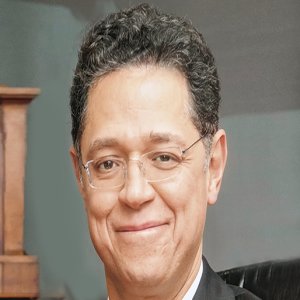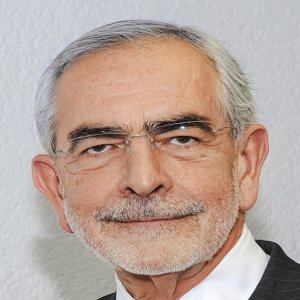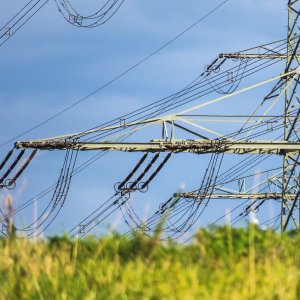Sound Policies at Local and Global Levels

STORY INLINE POST
Q: What strategies has Mexico incorporated into its energy policy to better face the global market?
A: Despite the complex global landscape and price volatility in the international market, the Reform is maintaining a favorable position and legal certainty, which in turn creates a trustworthy environment for investors. When it comes to the electricity sector, the Reform created innovative mechanisms to further open the market and incentivize the entrance of new participants. The objective is to generate a higher supply of electricity, giving priority to clean energies. In less than a year, we successfully executed two long-term power auctions that are promoting the construction of higher capacity and sustainable infrastructure. In a few months, we will launch a third one. We have also introduced the CELs mechanism that establishes minimum percentages for renewable electricity consumption for large electricity consumers. In 2018, the requirement will be at least 5 percent and by 2019 it will increase to 5.8 percent. We are also expanding the transmission grid to better deliver the energy produced in areas of the country with high potential for clean generation. We are working on making the Mexican energy sector more competitive, strengthening the national industry and making sure it stays at the forefront of policies oriented toward the energies of the future.
Q: How are energy policies in Mexico affected by the agreements at the North American Leader’s Summit?
A: Mexico and the US have built a robust agenda of cooperation on topics such as energy exchange and strategic integration. With the Energy Reform Mexico took an important step toward the integration of the North American markets which will help transform the region into one of the most competitive in the world. Of the 48 new companies that are participating in the national energy sector, eight are from the US. The numbers show the interest and mutual benefits that can be achieved through an interconnected economy. We have 15 connection points on the US-Mexico border through which natural gas is imported and distributed to the country’s manufacturing centers. When it comes to pipelines, there are four US companies that are building them, either on national territory or the border. The opening of diesel and gas imports to Mexico has driven some US companies to create projects for importing oil through the development of transportation infrastructure. In electricity we are expanding and modernizing the points of interconnection to increase our electricity commerce and support infrastructure in the event of contingencies. There are 11 points of electricity interconnection with the US and we are working on creating three more.
Q: What are the ministry’s main goals for the next two years regarding the energy sector's development?
A: The Ministry of Energy has defined four goals for the initial phase of the Energy Reform. The first involves igniting major public and private investment through the oil rounds. Our second goal is consolidating the energy market and promoting new supply options to end users. The ministry will continue liberalizing the natural gas market to make sure the pipelines administered by CENAGAS operate under a capacity reserve scheme starting in 2017, along with a further liberalization of prices in most parts of the country. The third objective is to continue expanding the National Pipeline Network as part of our Comprehensive Strategy for Natural Gas Supply. The government is committed to a considerable expansion of the national network of pipelines. In the last four years we have obtained firm commitments for 7,762km of pipelines up to 2019. The electricity sector agenda is equally ambitious. The ministry plans to advance clean energy generation – our fourth objective – and we are working on the design of the third power auction with the idea of launching it in April 2017. This auction will differ from the previous ones because the private sector will be allowed to acquire energy, capacity and CELs. We are also working on the tender for the first HVDC line in Mexico that will connect the Tehuantepec Isthmus with the central region, the first ever opened to private players in this segment. We will also announce the tender guidelines for a transmission line to connect Baja California with the national grid.
























